FIVE Irish racecourses have come together to form a new organisation as they continue to battle with Horse Racing Ireland over the distribution of media rights revenue.
Kilbeggan, Limerick (pictured), Roscommon, Thurles and Sligo have labelled themselves United Irish Racecourses and their representatives have this week been in contact with other independent tracks seeking common ground.
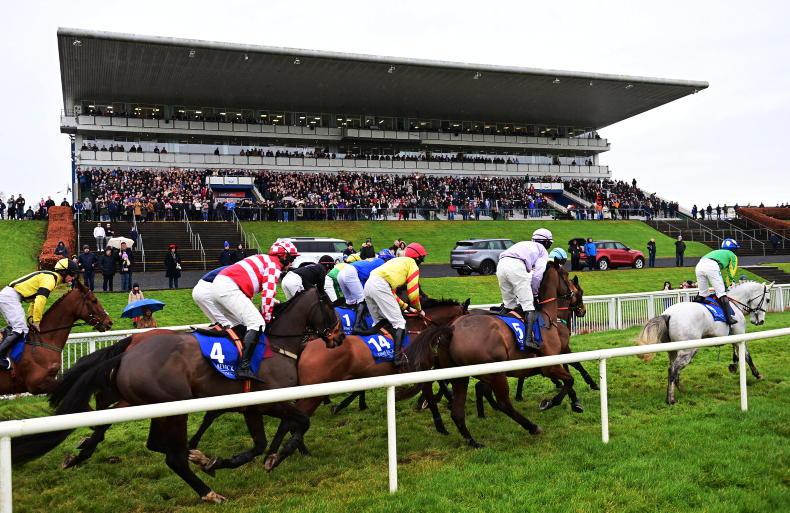

 This is a subscriber-only article
This is a subscriber-only article
 It looks like you're browsing in private mode
It looks like you're browsing in private mode




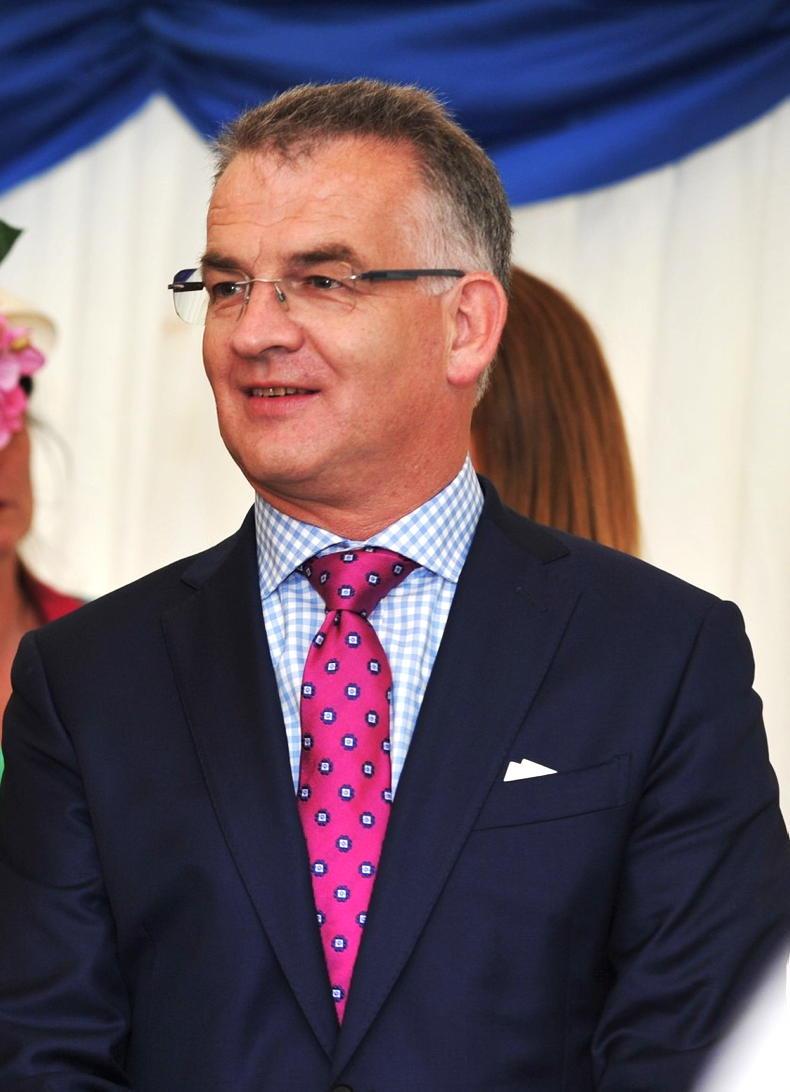
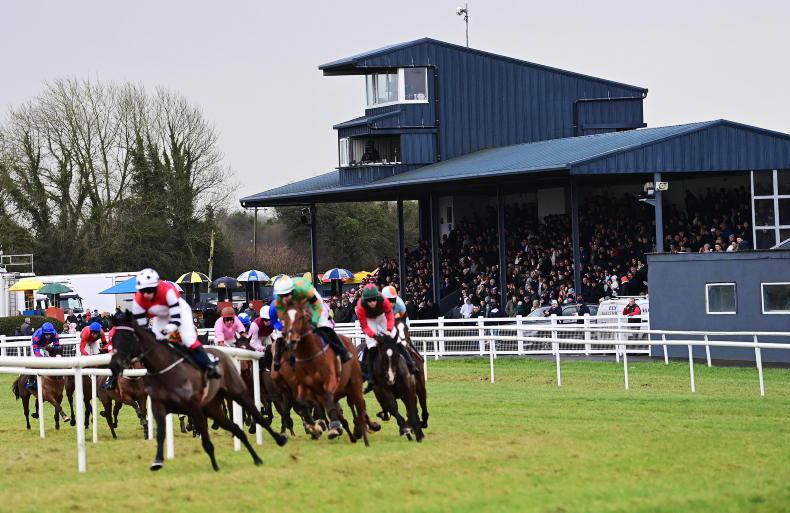
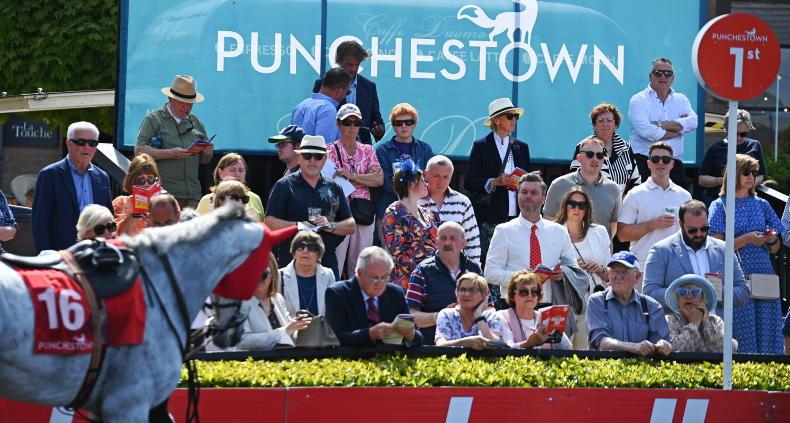
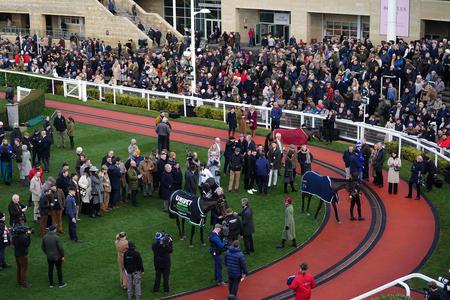
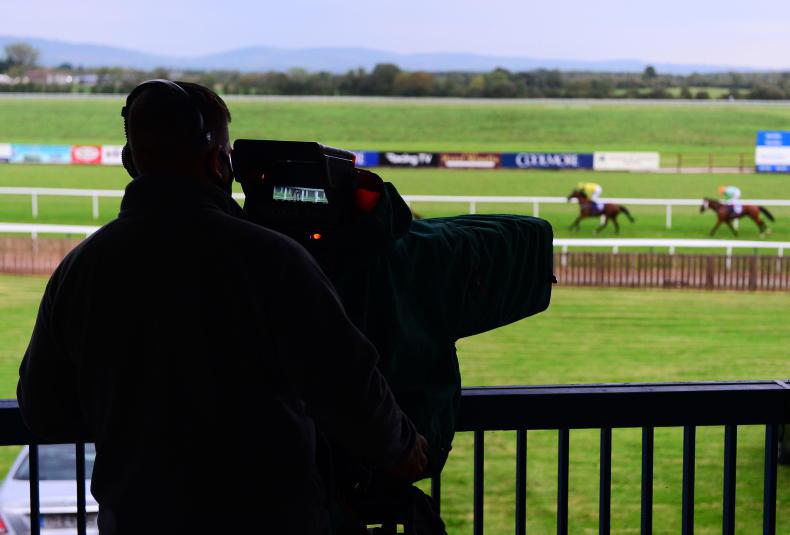
SHARING OPTIONS: